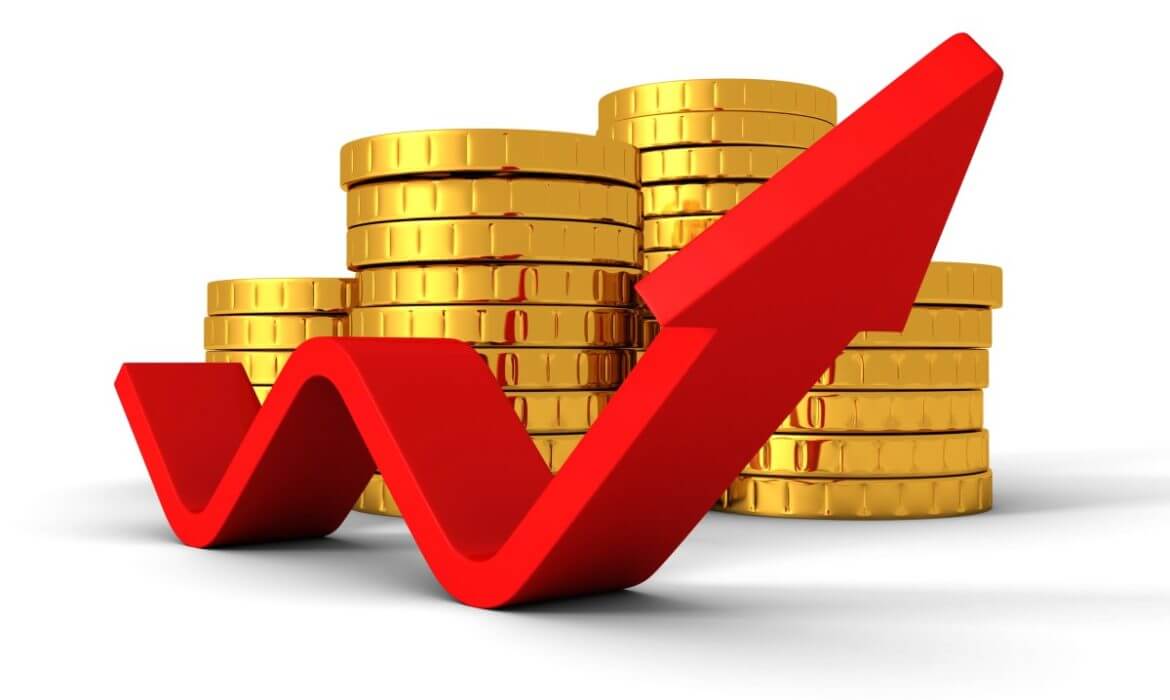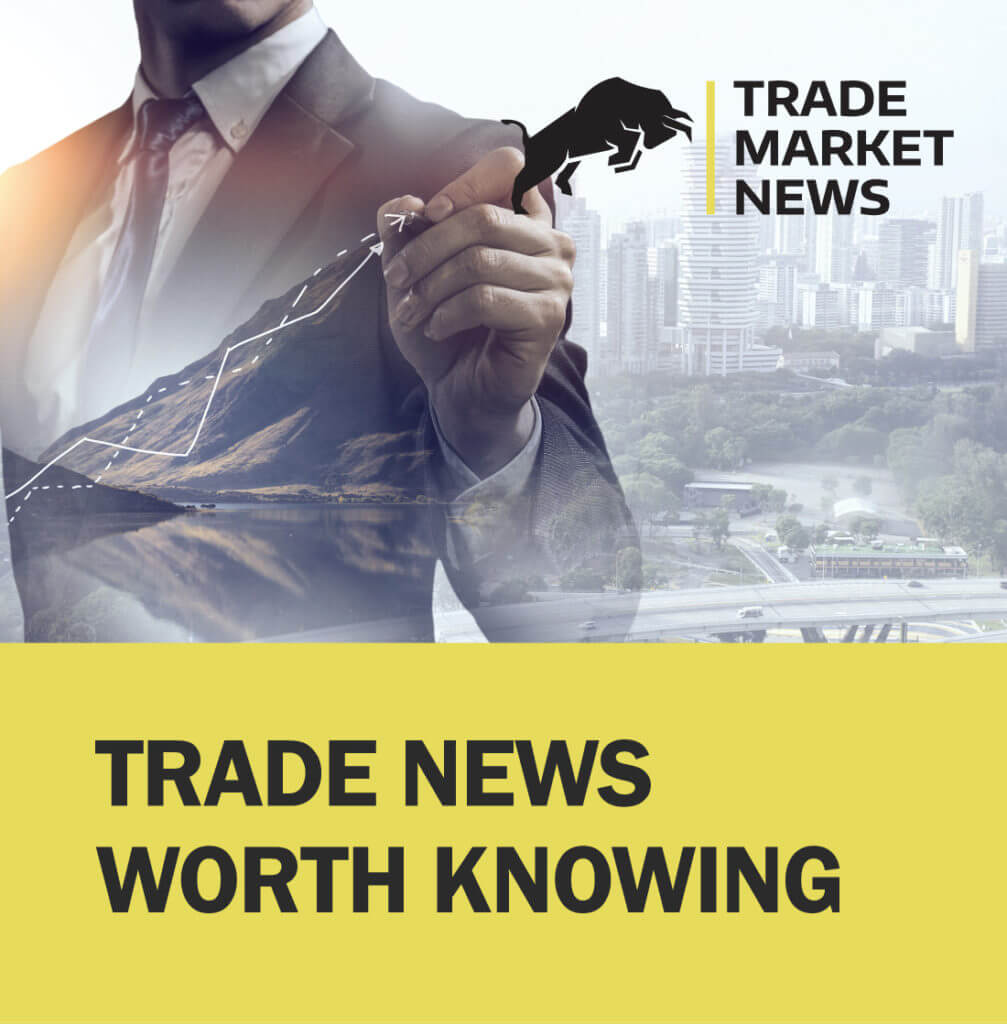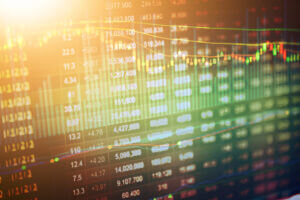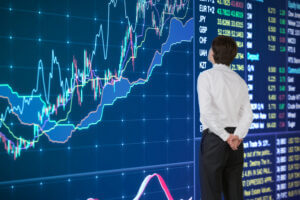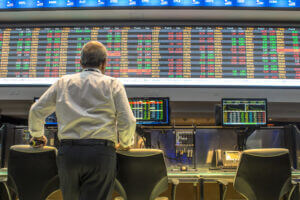On Tuesday morning, gold was higher in Asia as investors remained apprehensive about the implications of the Omicron COVID-19 variation on the global economic recovery. By 10:24 p.m. ET, gold futures were up 0.29 percent to $1,790.30. (3:24 AM GMT).
Omicron has already caused several nations to block their borders, putting the economic recovery in jeopardy. The Chairman of the Federal Reserve in the United States, Jerome Powell, stated that the expectations are that inflation will fall by 2022 as supply and demand rebalance. “The recent spike in COVID-19 cases and the introduction of the omicron form represent adverse risks to employment and economic activity, as well as increasing inflation uncertainty,” he noted in a statement.
Omicron’s influence on the international markets
Powell will speak before the Senate Banking Committee later that day. The House Financial Services Committee will speak the next day, with US Treasury Secretary Janet Yellen.
On the other side of the Atlantic, the European Central Bank tried to allay market fears about omicron on Monday. They stated that the euro zone’s economy has learned to cope with consecutive waves of COVID-19. In the Asia Pacific, China’s manufacturing purchasing managers index (PMI) was 50.1. Meanwhile, the non-manufacturing PMI was 52.3 in November, according to statistics released earlier in the day. According to October employment data in Japan, the jobs/application ratio was 1.15, and the unemployment rate was 2.7 percent. In addition, industrial production increased by 1.1 percent month over month.
Silver remained unchanged at $22.88 an ounce, while platinum and palladium both rose 0.4 percent. Nornickel, the world’s largest palladium producer, increased its investment forecast for 2021-2030 to $35 billion. Nornickel will be able to enhance its production infrastructure and improve its long-term prognosis for PGM output as a result of this.

